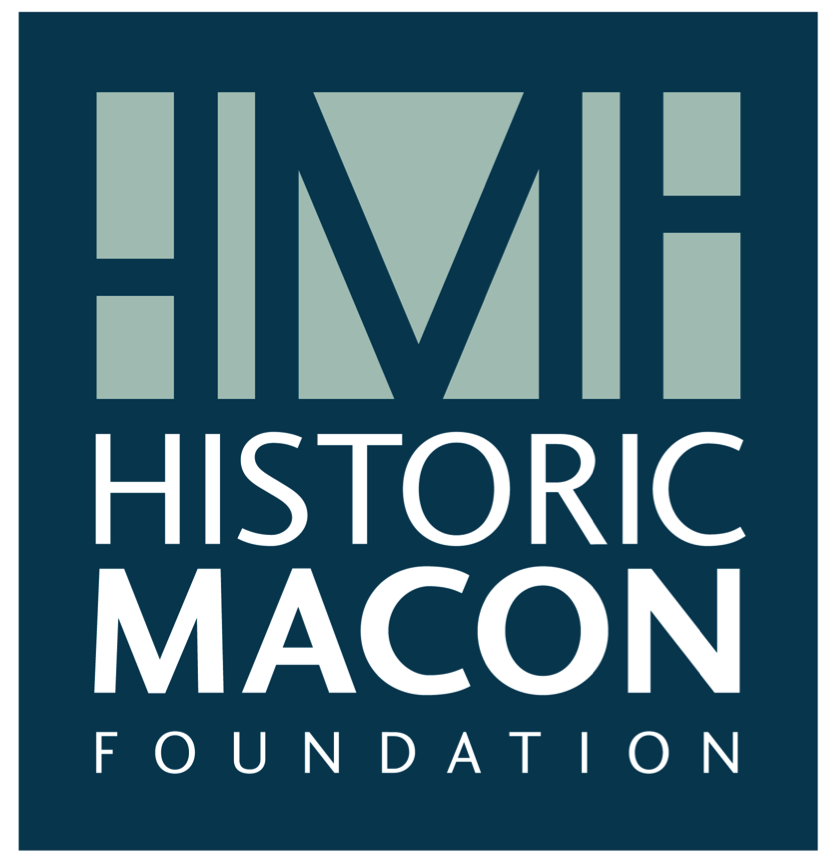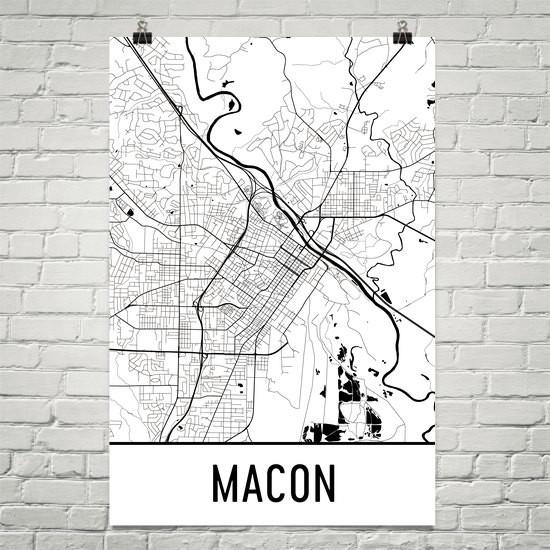From 1920 to 1933 the U.S. was under prohibition, a federal law preventing the manufacture and sale of alcohol. But of course, there are those for whom laws do little in the way of separating them from their passions, even if those passions entail fermenting grain mash. This was the case with Macon's Russell Dortch. HMF's senior intern from Stratford Academy, Carson Greene, shares some of his research on this man and his turbulent love for whiskey.
On the evening of December 5th, 1923, Russell Dortch was arrested and placed under bond for violating the National Prohibition Act. Even though there are not many details given on this arrest, it is the first in a nearly 16-year string of Dortch being charged for selling illegal whiskey.
“Three Arrested in Speakeasy,” The Macon Telegraph (Macon, Ga), 1930.
Dortch was most famous for operating the Broadway hotel, which is now underneath the Wells Fargo bank at 484 Mulberry St, and using his position as operator to sell whiskey out of backrooms during 1929 and 1930. Some of these encounters were rather dramatic, like when the police had to break down the door of the Broadway Hotel on May 17, 1929, to find the 7 gallons of whiskey being hastily poured out. Dortch was sentenced to spend 1 year in jail. But, shortly after his release, Dortch was back to his old habits. On September 21, 1930, Dortch was arrested again at 464 Mulberry Street for the sale of whiskey at the Broadway Hotel. Another year in the county jail could still not break Dortch of his old habits. On September 10, 1932, a squadron of police officers raided a dive at 454 Poplar Street only to find that it was being operated by Russell Dortch. This address is now known as 460 Poplar Street and, unlike the Broadway Hotel, is still standing with the original building intact. This arrest marked the end of Dortch just being content with selling whiskey.
A Macon Taxpayer and Voter, “Macon’s Dive Ordinance,” The Macon Telegraph (Macon, Ga), 1934.
In 1934, police raided an illegal distillery in Monroe County. Seven men were arrested in total including Russell Dortch. Dortch was later revealed to be the head of the operation and he was selling most of the whiskey and beer they made in downtown Macon. During the raid, police found 750 gallons of home brewed beer and 40 gallons of whiskey. Since the Prohibition had ended in the previous year, Dortch was charged with violating the Internal Revenues Act since he was not paying taxes on any of the alcohol he made. Needless to say, Dortch was sent back to the county for another year and fined to the tune of $300. Unfortunately, there were no addresses given, so it is impossible to say exactly where Dortch was selling his illicit liquor.
Finally, towards the end of 1938, Dortch was arraigned for selling untaxed whiskey outside of his home at 800 Elbert Street. Police only found 8 gallons of whiskey this time and Dortch was sentenced to 2 years of probation after fighting his sentencing in court.
How lucky we are to flaunt our love of whiskey openly! And though we might resist prohibition laws should they threat to resurface, it doesn't prevent us from enjoying the thrill of recreating the vibe of a speakeasy for just one night. Our annual summer Preservation Pop-up Speakeasy is only weeks away. And though we won't share the location (yet), we can promise it will be a swinging time!




















































